According to the Department of Animal Health, Ministry of Agriculture and Rural Development (MARD), in 2022, the total damaged brackish water shrimp farming area was 23,438 hectares, accounting for over 97% of the total damaged aquaculture area, an increase of 15.5% compared to 2021. Of which, 7,135 hectares were damaged by disease; 9,914 hectares were damaged but the cause was not determined; and 6,389 hectares were damaged by environmental and weather changes.
The damaged area of intensive and semi-intensive shrimp farming was 8,552 hectares; extensive and improved extensive farming was 14,647 hectares; the remaining area was shrimp-rice and other farming forms was 239 hectares.
Specifically, for acute hepatopancreatic necrosis disease, in 2022, the disease occurred in 148 communes of 46 districts and towns in 18 provinces and cities. The total area of diseased shrimp is 1,950 hectares, of which the area of diseased black tiger shrimp is 622 hectares; diseased whiteleg shrimp is 1,328 hectares; the diseased shrimp are aged 15-120 days after release.
Tra Vinh province has the largest diseased area (accounting for 22.8% of the total diseased area of the provinces), followed by other localities. Compared to 2021, the disease occurred 4.5% narrower in scope and decreased 11% in area with diseased shrimp.
Since the beginning of 2023, acute hepatopancreatic necrosis has occurred in 17 communes of 6 provinces and cities with a total shrimp area affected by the disease of nearly 53 hectares.
Regarding white spot disease, in 2022, the disease occurred in 181 communes of 52 districts and towns in 19 provinces and cities. The total area of diseased shrimp is 2,397 hectares, of which the area of diseased black tiger shrimp is 864 hectares; diseased whiteleg shrimp is 1,533 hectares; diseased shrimp are 15-100 days old after stocking. Soc Trang province has the largest area of diseased shrimp (nearly 563 hectares), accounting for 23.5% of the total diseased area of the provinces, followed by other localities.
Compared to 2021, the disease occurred in a wider range of nearly 18% and the area with diseased shrimp increased by nearly 28%.
According to the Department of Animal Health, to be proactive in disease prevention in farmed shrimp, localities and farmers need to step up proactive disease surveillance for dangerous diseases in shrimp and have solutions to thoroughly handle them. Organize environmental monitoring and warnings and disease surveillance in water supply areas, in farming ponds before stocking and throughout the entire crop season, focusing on key farming areas to proactively handle when diseases occur or when the weather has unusual developments that reduce the resistance of farmed shrimp.
In addition, regularly monitor weather developments to take response measures, create a favorable environment for shrimp to grow, and improve shrimp resistance.
Localities need to strengthen propaganda, training, and guidance for farmers on measures and procedures for disease prevention and control, and thoroughly handle pathogens in water sources; at the same time, farmers are advised to use disease-free seed or those that have tested negative for dangerous diseases; combined with the application of biosafety measures at the facility and technical advances in shrimp farming to effectively control the risks of pathogens entering the facility.
In addition, strictly implement the provisions of the law on veterinary work, the directives of the Ministry of Agriculture and Rural Development, and the professional guidance of the Department of Animal Health in the prevention of aquatic diseases, especially the control of the origin of breeds and quarantine of breeds, responsible use of antibiotics; comply with the stocking season and technical procedures according to the instructions of the specialized fisheries agency to develop sustainable aquaculture./.
Source link








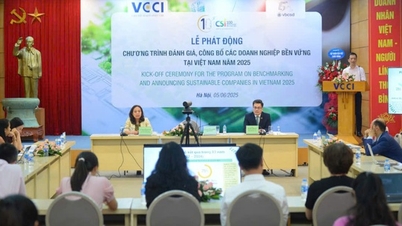


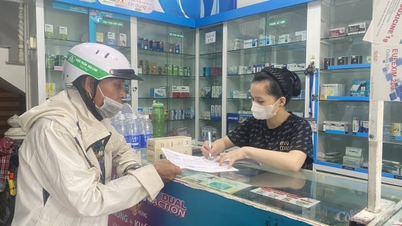



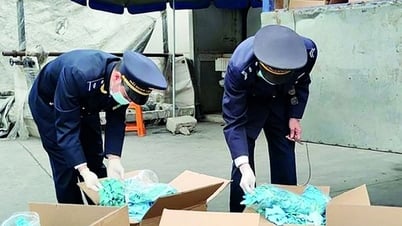




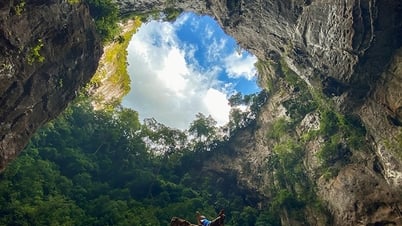


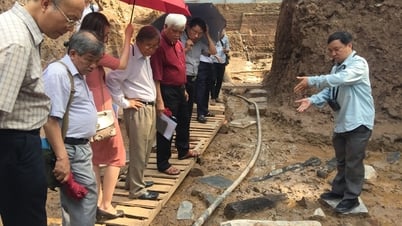




















































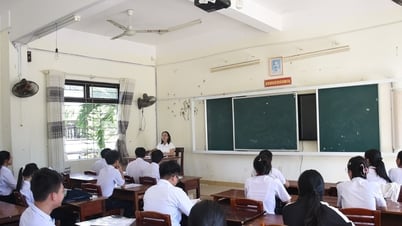

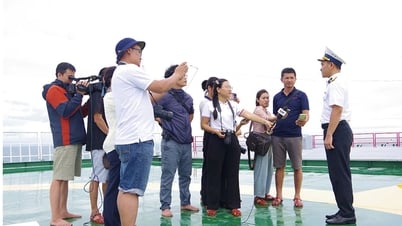



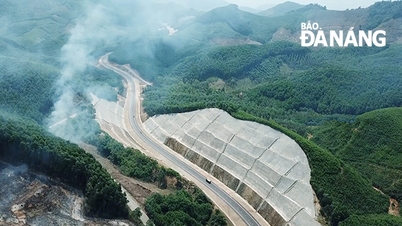















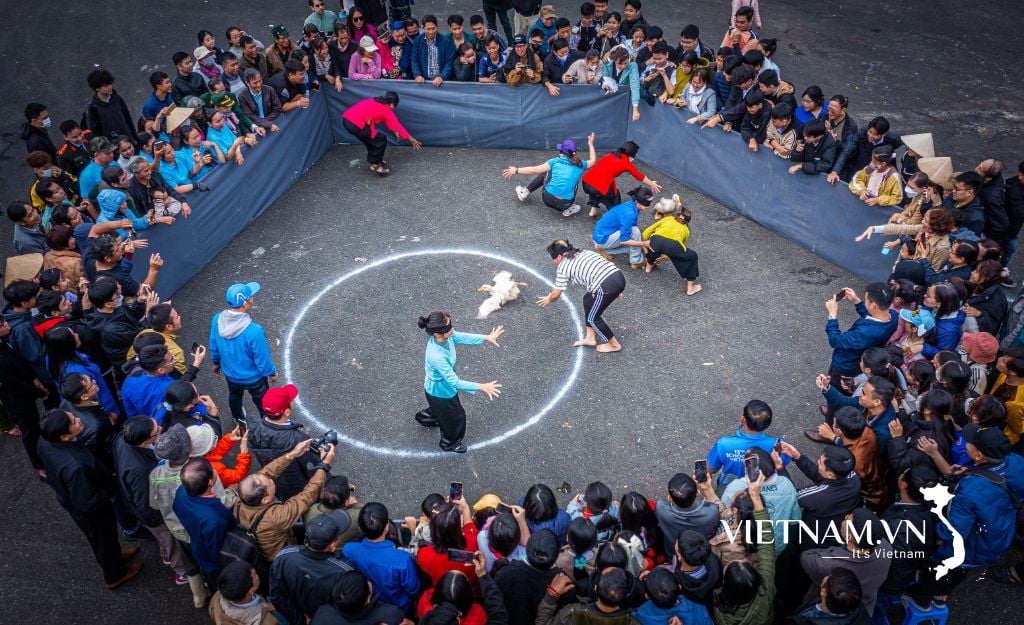


Comment (0)